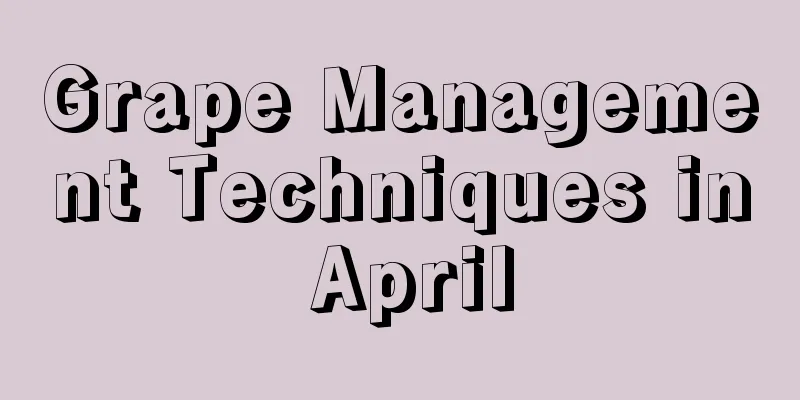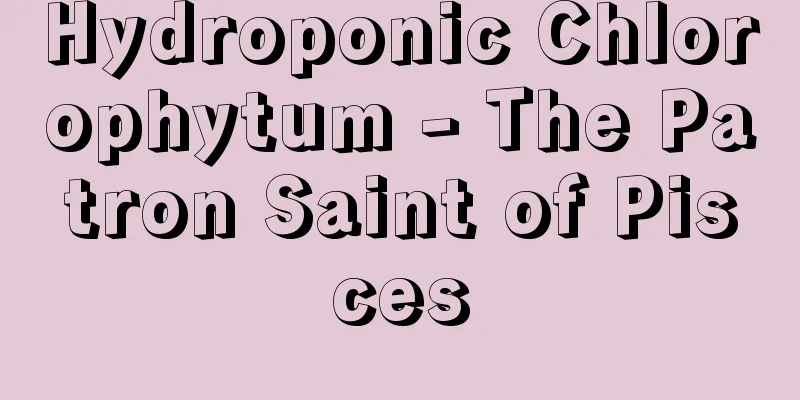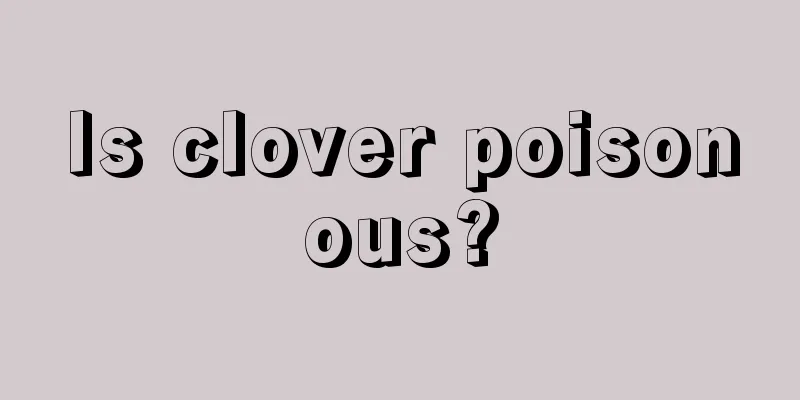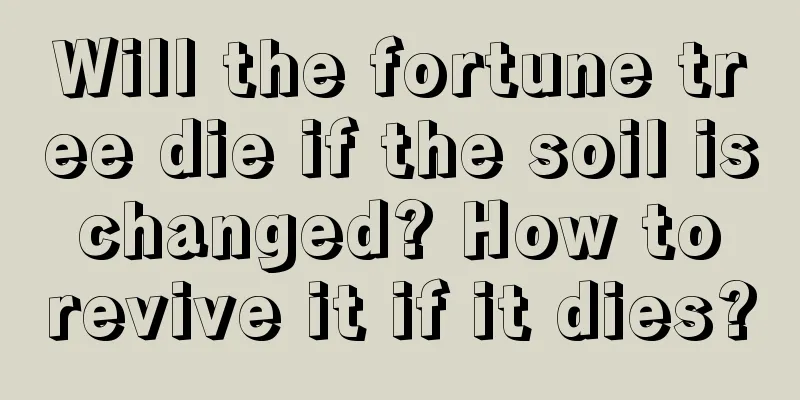Grape Management Techniques in April

|
Now it is the rainy month of April, around the Qingming Festival. As we all know, there is a lot of rain in most areas at this time. There are both advantages and disadvantages to more rain. Too much rain may easily breed diseases and pests. Let’s learn the key points of vineyard management in April. 1. Water and fertilizer management In April, grapes begin to sprout, unfold leaves and bloom, and during this period they have a greater demand for water and nutrients. In order to meet the needs of grape growth, spring irrigation should be carried out in time to ensure that the soil is moist. At the same time, sufficient spring fertilizer should be applied, mainly nitrogen fertilizer, combined with quick-acting fertilizers such as multi-component fertilizers , to promote the germination, flowering, fruit setting and growth of new shoots of grape trees. 2. Integrated pest control As the temperature gradually rises, pests and diseases begin to become active. In order to effectively prevent and control pests and diseases, the following measures should be taken: 1. Clean up the fallen branches and leaves After pruning, quickly remove the dead branches, fallen leaves and packaging materials in the garden and dispose of them centrally to reduce the breeding environment for pests and diseases. 2. Scrape away peeling cracks Scrape off the peeling and cracking of the grape vine trunk, large branches and twigs in time and destroy them in a centralized manner to eliminate overwintering pests. 3. Spraying during critical periods When the scales on the grape buds crack and swell into balls, spray lime sulfur to prevent and control overwintering diseases and pests. Pay attention to the timing and uniformity of spraying, and avoid spraying too early or too late. For pests such as the green stink bug, pesticides should be used for control during the low-instar nymph stage after the overwintering eggs hatch, with continuous spraying 2 to 3 times at intervals of 7 to 10 days. 3. Cold and frost prevention measures The climate changes unpredictably in spring, and late spring cold snaps may cause damage to grape vines. Therefore, pay close attention to the weather forecast and take timely measures to prevent frost. If late spring cold weather is expected, irrigation should be carried out 3 to 5 days in advance to reduce the impact of low temperatures on the vines. 4. Bud removal management After the grapes sprout, the first bud removal is carried out to remove hidden buds on old vines, ground suckers, and tip buds and unfull buds. This measure helps concentrate nutrients, promotes the growth of healthy buds, and improves grape yield and quality. The following are several important aspects of spring vineyard management in April. Spring is a critical period for grape growth. In order to ensure the healthy growth of grapes and increase yields, a series of management measures are needed.
|
<<: Can Clivia be grown in the bedroom?
>>: Winter maintenance methods for bougainvillea
Recommend
What is okra?
What is okra? Okra belongs to the Malvaceae famil...
Is ivy a shade or sun-loving plant?
Does ivy prefer shade or sun? Ivy is a shade-lovi...
What kind of soil is suitable for growing orchids at home? Can yellow mud be used to grow orchids?
1. What kind of soil is suitable for growing orch...
How to grow azalea in pots in summer
1. Shade Rhododendron is more suitable for growin...
Gardenia cutting time
1. Cutting time The time for gardenia cuttings va...
How to grow lupine on the balcony and what to pay attention to
1. Lighting requirements Lupine can be grown on t...
Balcony strawberry planting method
Step 1: Prepare Materials Seedlings: All strawber...
Cultivation method of colorful thousand-year-old wood
1. Soil The colorful elm prefers to grow in loose...
What to do if the variegated pattern on the leaves of Dancing with the Wind fades
The reason why the variegated color on the leaves...
Is Fuchsia a shade-loving or sun-loving plant?
Does Fuchsia prefer shade or sun? Fuchsia is a pl...
What are the cultivation methods and precautions of blueberries?
Blueberry cultivation method There are two main t...
How to prune and propagate the fairy finger
1. How to trim the fairy finger 1. Pruning before...
How to Plant Blueberry Seeds
Obtaining seeds It is actually very easy to obtai...
Where is lily suitable for planting?
Lily Planting Place Lilies generally grow in fore...
What are the cultivation methods and precautions of hydrangea
Hydrangea cultivation method Hydrangea is a plant...









